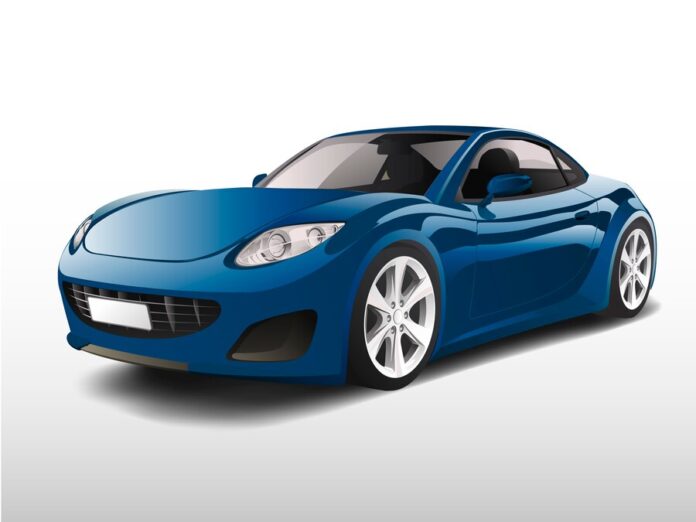Introduction
In the automobile realm, understanding a car’s dimensions is crucial for both manufacturers and consumers. One of the fundamental aspects of car dimensions is its length and width. In this article, we’ll delve into the average car length and width, exploring the factors that influence these dimensions and their implications for car performance and usability.
Understanding Car Dimensions
What Defines Car Length and Width?
Car length refers to the distance from the front bumper to the rear bumper, while car width is the measurement from one side of the vehicle to the other, excluding the side mirrors. These dimensions play a significant role in determining a vehicle’s overall size and footprint.
Factors Influencing Car Length and Width
Design and Purpose
Various factors, including design aesthetics, interior space requirements, and intended usage, influence the length and width of a car. Compact cars prioritize maneuverability and fuel efficiency, resulting in smaller dimensions, while larger vehicles like SUVs and trucks emphasize cargo space and passenger comfort, leading to increased length and width.
Regulatory Requirements
Government regulations regarding vehicle safety and emissions standards also impact car dimensions. Manufacturers must adhere to specific guidelines, which may affect the vehicle’s overall size, including length and width.
Standard Car Lengths and Widths
Variability Across Vehicle Categories
Car lengths and widths vary significantly across different vehicle categories. Compact cars typically have lengths ranging from around 3.5 to 4.5 meters and widths between 1.5 to 1.8 meters. Midsize sedans and SUVs are generally longer and broader, with lengths between 4.5 to 5.5 meters and widths ranging from 1.8 to 2.0 meters. Larger vehicles, such as trucks and full-size SUVs, can exceed 6 meters in length and 2.2 meters in width.
The Impact of Car Size on Performance
Handling and Maneuverability
Smaller cars offer better maneuverability, making them ideal for navigating tight urban spaces and congested traffic conditions. However, larger vehicles may provide enhanced stability and comfort, particularly at higher speeds and long distances.
Fuel Efficiency
Car size can also affect fuel efficiency, with more minor, lighter vehicles generally consuming less fuel than larger, heavier ones. Compact cars are often preferred for economical fuel consumption, whereas larger vehicles may be less efficient due to their increased weight and aerodynamic drag.
Practical Considerations for Car Buyers

Matching Size to Needs
When choosing a car, it’s essential to consider how its size aligns with your specific requirements. Factors such as parking availability, driving conditions, and passenger capacity should all influence your decision. Test-driving different-sized vehicles can help determine which dimensions best suit your driving preferences and lifestyle.
Conclusion
In the diverse landscape of automobiles, understanding the average car length and width provides valuable insight into vehicle design, performance, and usability. Whether navigating city streets in a compact car or embarking on cross-country adventures in a spacious SUV, your vehicle’s dimensions play a crucial role in shaping your driving experience.
FAQs
What are the advantages of driving a compact car?
Compact cars offer easier maneuverability, better fuel efficiency, and lower maintenance costs than larger vehicles.
Are larger vehicles safer than smaller ones?
While larger vehicles may offer enhanced protection in certain collisions, factors such as vehicle design, safety features, and driving behavior influence overall safety.
How does car size affect parking and urban driving?
Smaller cars are typically easier to park and navigate through congested city streets, making them well-suited for urban driving environments.
What should I consider when choosing between different-sized vehicles?
When selecting a car, consider parking availability, fuel efficiency, passenger capacity, and driving preferences to determine the optimal size for your needs.




